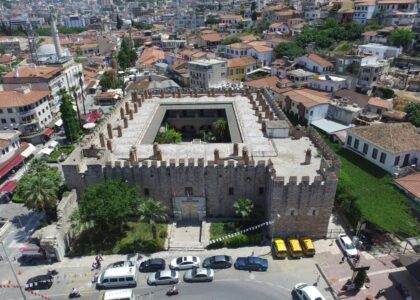The Hagia Sophia, meaning “Holy Wisdom” in Greek, stands as an unparalleled architectural marvel in Istanbul, Turkey, embodying centuries of religious and cultural transformation. Originally constructed as a Christian cathedral for the Byzantine Empire, the current structure is the third on the site, completed in 537 CE under the reign of Emperor Justinian I.
Designed by the Greek geometers Isidore of Miletus and Anthemius of Tralles, it was an engineering triumph, most famous for its massive central dome which, at the time, created the world’s largest uninterrupted interior space. The innovative use of pendentives to transition the circular dome onto a square base revolutionized architecture.
After the Ottoman conquest of Constantinople in 1453, it was converted into an imperial mosque, with the addition of minarets and Islamic calligraphy covering some of the original Christian mosaics. In 1935, the Turkish Republic secularized the building, transforming it into a museum to showcase its layered history. Most recently, it was re-designated as a mosque in 2020. Hagia Sophia remains a UNESCO World Heritage site, a testament to Byzantine brilliance and a symbol of the city’s complex, interwoven past.






